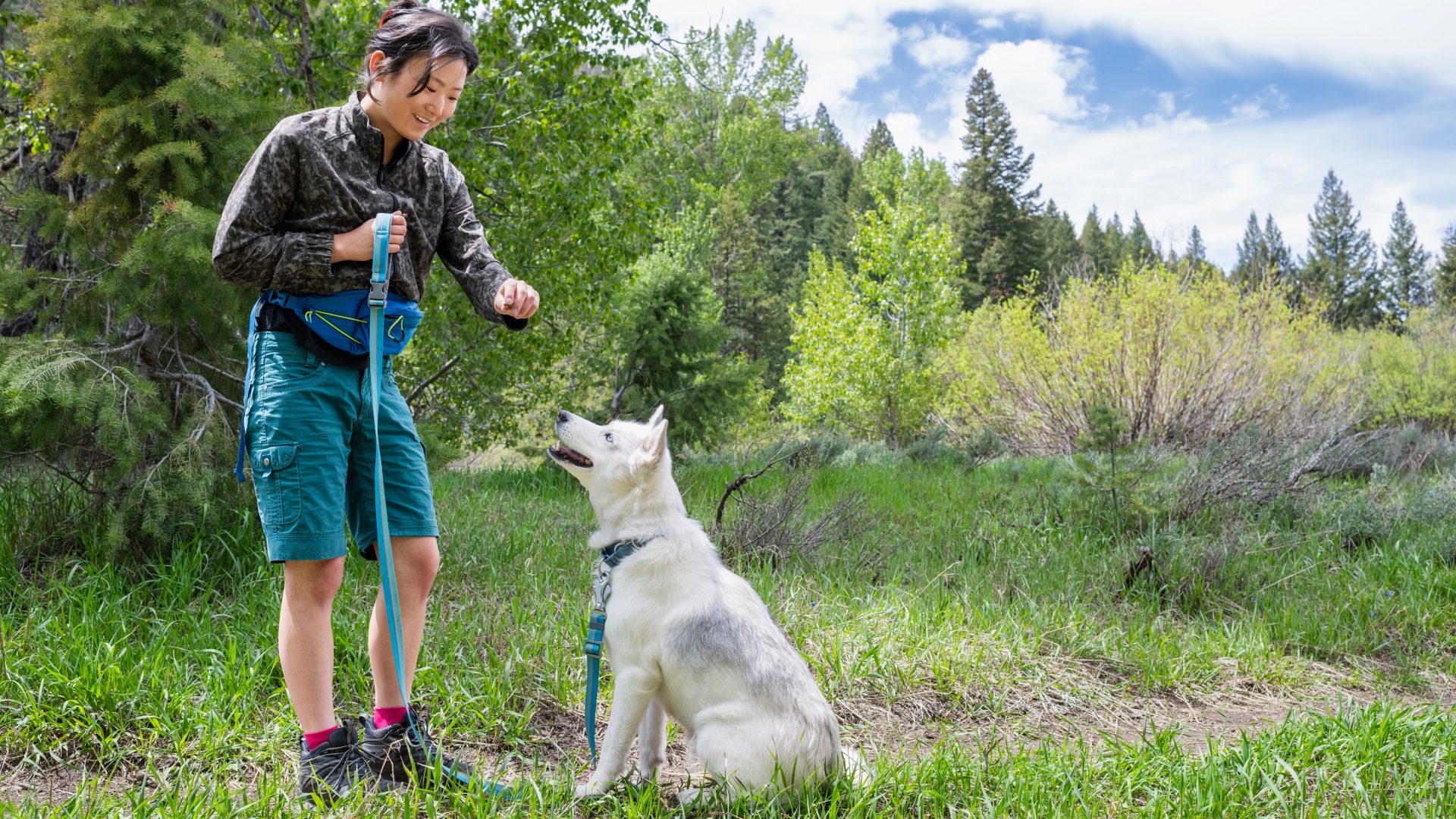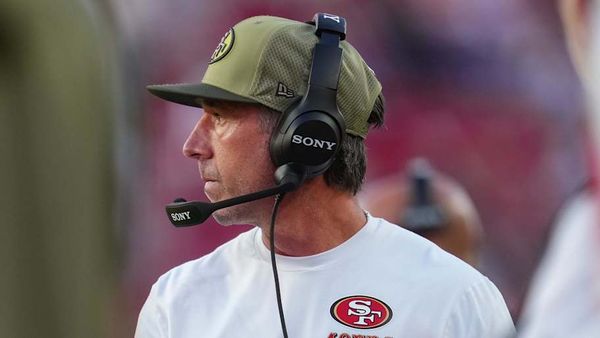
A problem dog parents often face is their pup only responding to them when they’re holding food. It’s understandable – we often use food in training sessions, so it’s not surprising that our pups will associate us holding food with them needing to listen.
However, sometimes you’ll need your dog to listen to you even if you aren’t holding any of the best dog treats. Maybe you need to get their attention quickly, or there’s a danger you need to keep them safe from. Or, maybe it’s time to put a leash back on your pup when they’re enjoying running around, but you don’t have any treats to hand to entice them with.
So, what can you do? Well, fortunately, certified dog trainer Melissa Goodman of Mission Pawsitive has shared some advice in a recent Instagram post. What do you think?
“One of the things I hear the most from dog guardians is that their dog will only respond to them if they have food,” Goodman begins in her caption. “That is one of the reasons why reward-based training gets criticized and why it’s a common goal for people to want to get rid of the food as fast as possible” – indeed the training a dog without treats vs training with treats debate continues to rage on.
She explains in her video, “Dogs are visual learners and driven by scent. So the presence of the food is literally part of the cue.” Using food is certainly effective when it comes to training dogs, but Goodman recommends fading out food by introducing a new visual cue instead – she uses a hand signal. “Once your dog understands the hand signal,” she continues, “You can then introduce the verbal cue with the help of the hand signal.”
Once your dog has been able to get to grips with this, you can fade out the hand signal so your pup understands just the verbal cue. You’ll need to make sure that your timing is right so your dog can easily make the connection, and, says Goodman, “So they understand the behavior you’re asking for whether you’re luring them, giving them a hand signal, a verbal cue only, or combination.”
Training dogs with treats can be really useful, but it’s not the be-all and end-all. Why not try Goodman’s advice and phase them out of your training sessions so that your dog knows they need to respond to you even when you aren’t holding their favorite snacks?







